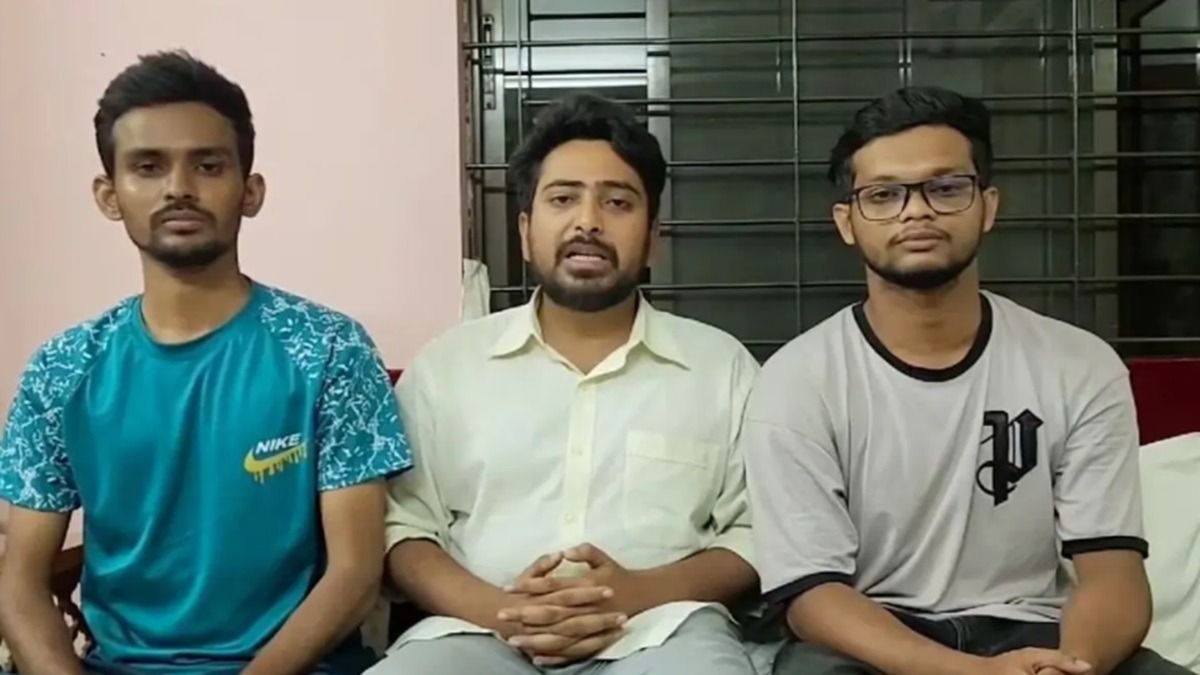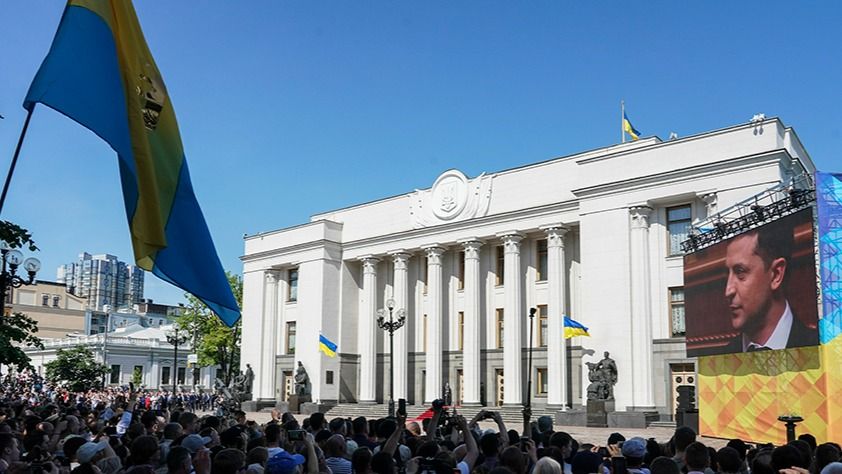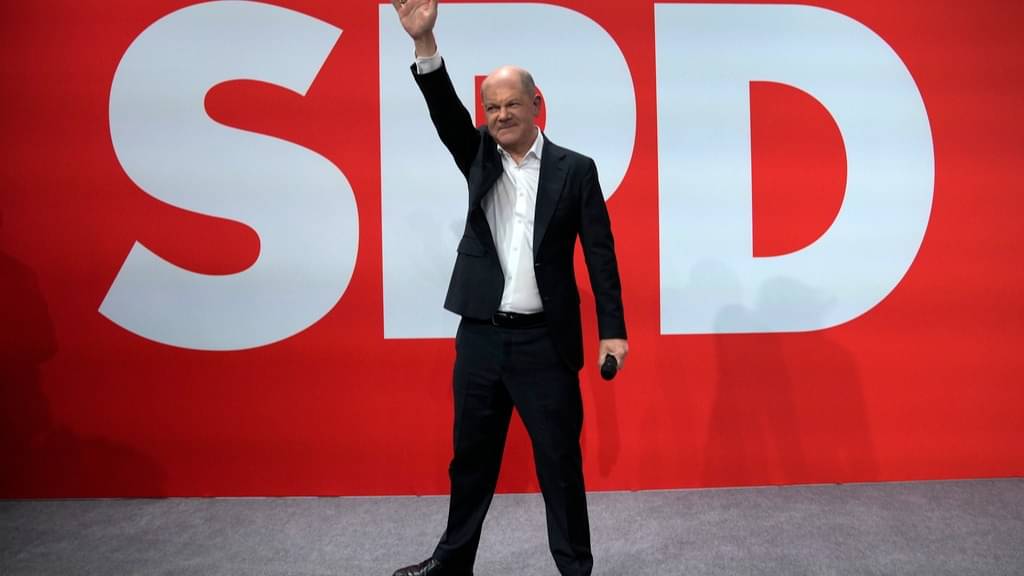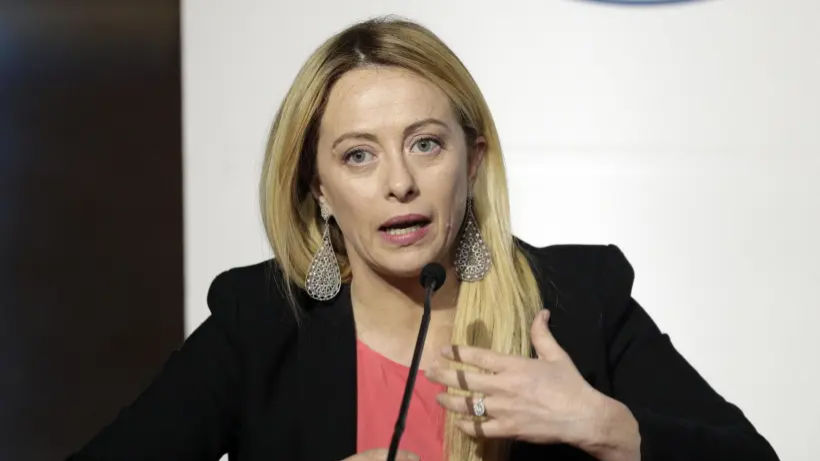New Delhi: Student leader Nahid Islam-led nationwide antiquota, anti-government protests in Bangladesh forced Prime Minister Sheikh Hasina to resign and flee the country. The end to Hasina’s 15 years in power came after weeks of violent unrest during which nearly 300 people died. The government repeatedly tried to quell demonstrations they blamed on sabotage and opposition parties with bullets, curfews and internet outages. Still, these heavy-handed moves backfired, fueling outrage and further protests.
Yesterday protesters defied a military curfew to march into the capital’s center, following a weekend of violence that left dozens of people dead. As troops pulled back and internet access was restored, tens of thousands of people began to celebrate in the streets, and thousands stormed the leader’s official residence.
Who is Nahid Islam, Who Led Protests Against Hasina?
Nahid Islam is a 26-year-old sociology student from Dhaka, Bangladesh.Known for wearing a Bangladeshi flag across his forehead, he is a key figure in the movement that led to the ousting of Prime Minister Sheikh Hasina, who had been in power for 15 years.Islam was the leader of a student protest against quotas in government jobs, which evolved into a broader campaign demanding Hasina’s resignation.His prominence increased in mid-July when he was detained by police, along with other students from Dhaka University, amid escalating violence.The protests resulted in nearly 300 deaths, mostly among students, and only ended when Hasina resigned and fled to India.Islam has stated that the students will not accept any government endorsed by the military and has suggested that Nobel laureate Muhammad Yunus should be the chief adviser.Born in 1998, Islam is married and has a younger brother, Nakib, who is a geography student.His father is a teacher, and his mother is a homemaker.Despite being tortured by the police to the point of unconsciousness, Islam remains steadfast in his commitment to change and continues to fight for his cause. His brother Nakib expressed confidence in his resilience and determination.
How did the protests start?
The protests, which have drawn hundreds of thousands, began in July with students demonstrating against a controversial quota system that allocated government jobs.
It turned violent on July 15 as student protesters clashed with security officials and pro-government activists, prompting authorities to disperse tear gas, fire rubber bullets and to close schools and impose a curfew with a shoot-on-sight order. The internet and mobile data were also turned off.
The government says nearly 150 people died last month, while local media have reported that more than 200 were killed.
Why were they protesting?
At first, the demonstrations were against a quota system that set aside up to 30% of government jobs for family members of veterans who fought in Bangladesh’s 1971 war of independence against Pakistan.
Protesters said the system was discriminatory and benefited supporters of Prime Minister Sheikh Hasina’s Awami League party, which led the independence movement.
The furore highlighted the extent of economic distress in Bangladesh, where exports have fallen and foreign exchange reserves are running low. There’s a lack of quality jobs for young graduates, who increasingly seek the more stable and lucrative government jobs.
As the violence crested, the Supreme Court last month ruled that the veterans’ quota must be cut to 5%, with 93% of jobs to be allocated on merit. The remaining 2% will be set aside for members of ethnic minorities and transgender and disabled people.
The government accepted the decision, and restored the internet thinking that the situation would ease. But the protests grew, with new demands for investigations into the deadly crackdowns, and eventually for Hasina and her cabinet to step down.
Meet Nahid Islam — Student Leader Who Led Protests to Oust Sheikh Hasina world-news World News | Latest International Global World News | Todays Breaking News Headlines




